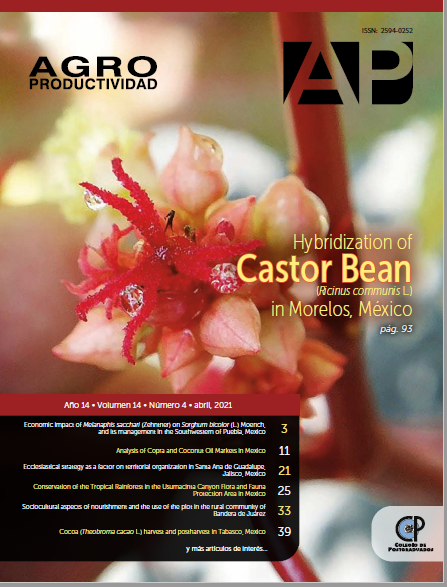Generation of socio-environmental indicators in the territorial structure of San Luis Huexotla, Texcoco, México
##plugins.themes.bootstrap3.article.main##
Keywords
Geographic Information Systems, socio-environmental indicators, territorial structure.
Resumen
Objective: This article aims to show the statistical density of the population per block, to
know its effect as a critical spatial result and its relationship with some socio-
environmental indicators, this analysis-process incorporates statistical data and
geographic information systems as a model for territorial spatial analysis, which shows
the relationship between demand and generation of services.
Design / Methodology / Approach: The Urban Basic Geostatistical Units data of INEGI
(the Spanish acronym of the National Geostatistical Information Institute in Mexico) was
used on block-level as: number of inhabitants and number of dwellings. It was
associated with variables identified by exploring those key stakeholders at the locality
(Delegates, and the Council for Citizenship Participation (in Spanish, COPACI), as well
as the Huexotla Ejido Commissariat, their clergy representative and some other key
informants. In addition, GIS were used to digitize vector information and to integrate a
relational database for the geospatial analysis of the variables, data and indicators in
order to obtain zoning maps.
Results: This study presents a proposal for the generation of socio-environmental
indicators that can be used in territorial analysis with urban and rural applications using
Geographic Information Systems as a tool.
Study limitations: Transition processes converge in geographic transformation and,
consequently have effects on landscape changes; demand for public services; and solid
waste generation.
Findings / Conclusions: The size of the scale used for the locality analysis contributes
to determine the territorial planning of a geographical space. Thus, results obtained
deliver information for planning in the decision-making processes at localities in rural to
urban transitional zones.

